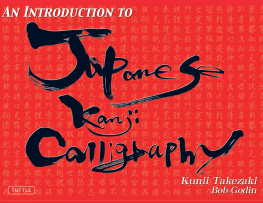Contents

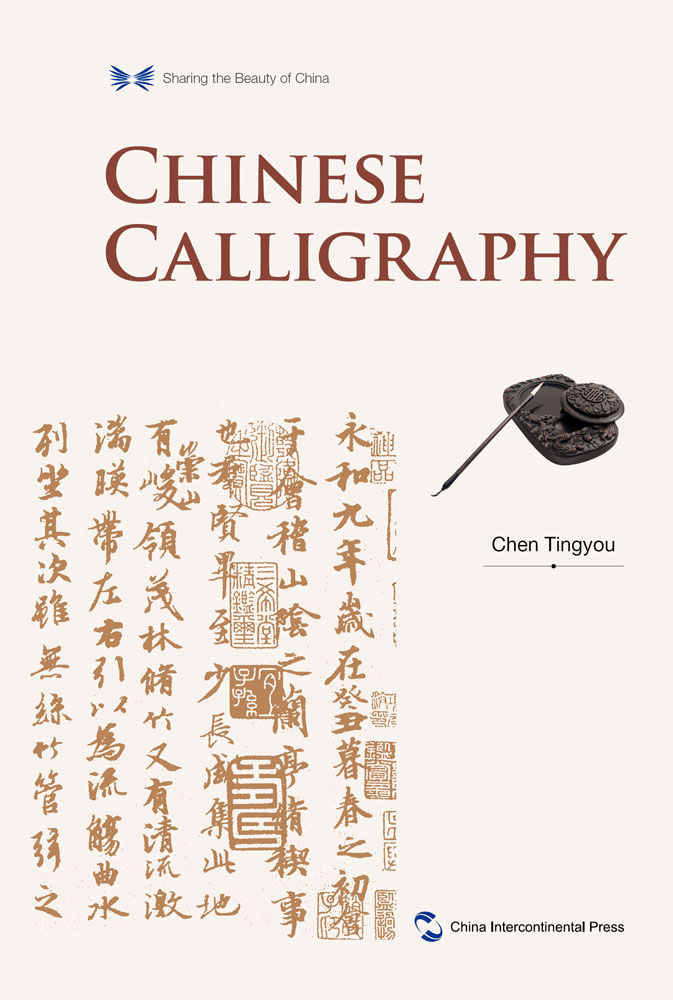
Chen Tingyou, graduated from Shanghai Jinan University in 1948. From 1952 to 1974, he worked as an editor and reporter of People's China and Beijing Review. Later, he worked as an executive editor at the Commercial Press. He is a member of the Chinese Calligraphers' Association and a member of the All-China Association of Esthetics. His works include The Beauty of Calligraphy, The Esthetics of Chinese Calligraphy, A New Study of the Esthetics of Calligraphy, and The Origin and Creation of the Esthetics of Calligraphy.
Foreword
C alligraphy is the quintessence of Chinese culture. There have emerged some 1,000 kinds of written languages in the world. First, they were used to record events and what people wanted to say. In writing, people strive to make the scripts look beautiful and elegant. To meet special needs, they are written in artistic styles. The writing of Chinese characters has been developed into a special high-level art. Chinese calligraphy has flourished for several thousand years. Like painting, sculpture, poetry, music, dance and opera, it is a full member of the family of arts.
Calligraphy can be found everywhere in China, and is closely linked to daily life. In addition, it leads other arts in the number of people who practice it.
Signboards with inscriptions by famous figures are often found in shops and shopping centers, adding an antique elegance to busy trading areas.
Calligraphic works also decorate sitting rooms, studies and bedrooms. The Chinese characters are written on Xuan paper which is good at absorbing ink. The work will be pasted on a piece of thick paper with a silk edge, and then mounted on a scroll or put into a picture frame for hanging on a wall. Usually, the calligraphic work contains a poem, a pair of couplets or a motto the host likes very much. If the calligraphic work is written by the host himself, it will demonstrate his aspiration and interest as well as his literary or artistic talent. A calligraphic work can bring vitality to a white wall, pleasing to guests and friends.
Spring Festival couplets are calligraphic works produced specially for the celebration of the Spring Festival, the most important traditional festival of the Chinese people. Written on red paper, such couplets are posted on gateposts, door panels, walls or columns of houses. The characters on the couplets always express good wishes for the year.
Characters in special styles appear as masthead inscriptions for newspapers or magazines, or as the titles of books. The six characters meaning the People's Bank of China on Chinese banknotes were written by a famous calligrapher. The calligraphic characters or paintings on folded fans demonstrate the elegance of the user. It is no exaggeration to say that the Chinese people have an indissoluble bond with calligraphy. The first photo album of a newborn baby has congratulations written by his elders with brush and ink; when he gets married, the pillow cases are embroidered with the (meaning double happiness) in calligraphic style; on his birthday, a big character meaning "longevity" in a calligraphic style is hung up in the house. After his death, the inscription on the memorial tablet in front of his tomb is written by a calligrapher.
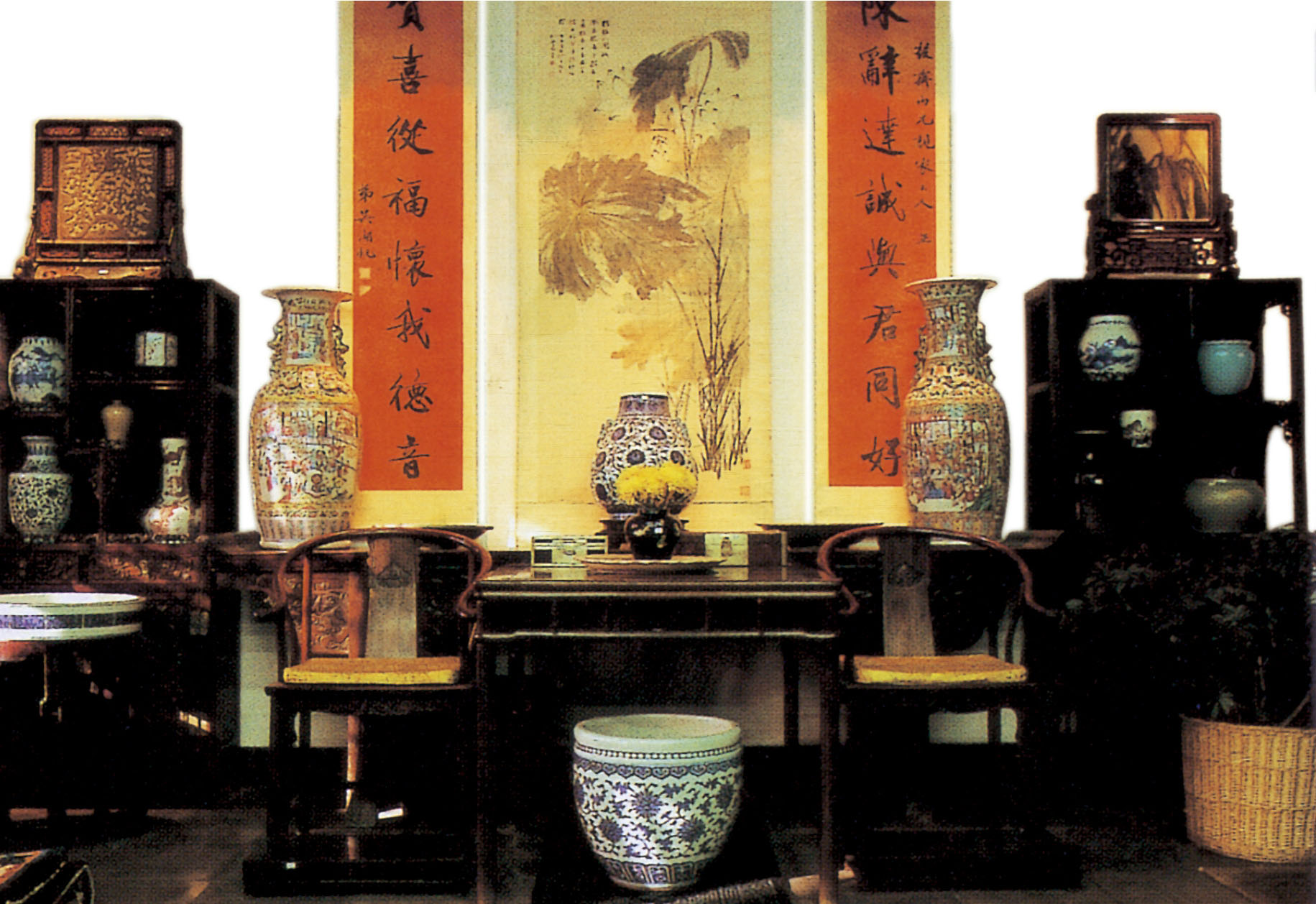
A traditional sitting room of a scholar.
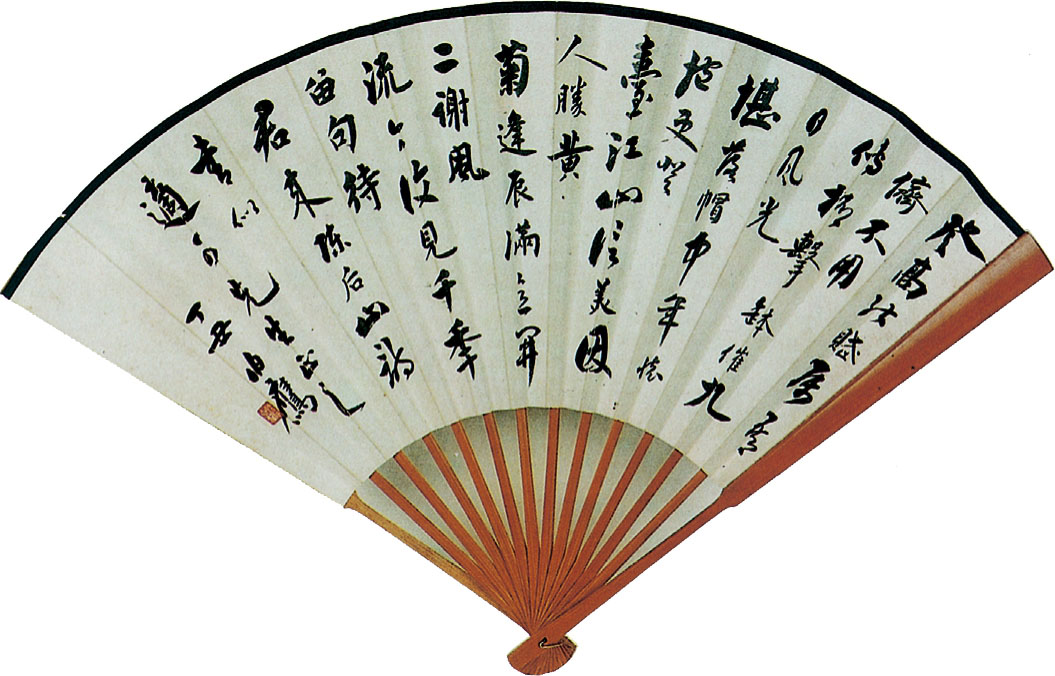
A runinh-style calligraphic work by pan Boying on a fan covering.
Tourists can see calligraphic works in pavilions, towers and buildings in various scenic spots. Such calligraphic inscriptions on wooden boards or rocks integrate harmoniously with the surrounding scenery, and add radiance and beauty to it. The gate-tower of the Shanhai Pass at the eastern end of the Great Wall, 300 kilometers away from Beijing, was built in 1381. From the tower, tourists can have a bird's-eye view of the sea and magnificent mountains. Under the eaves of the gate-tower is a horizontal plaque inscribed with five huge Chinese characters meaning "the First Pass under Heaven." They were written by the famous calligrapher Xiao Xian of the Ming Dynasty (13681644). The plaque matches the magnificent scenery around.
If you visit Mount Taishan in Shandong Province, you can visit the Sutra Stone Valley to the east of Longquan Peak, where, on a flat 60,000-square-meter rock, a calligrapher carved the text of the Buddhist Diamond Sutra in the 6th century, each character measuring 35 square centimeters, and the largest one measuring 50 square centimeters. However, only 1,067 of the 3,017 original characters are legible.
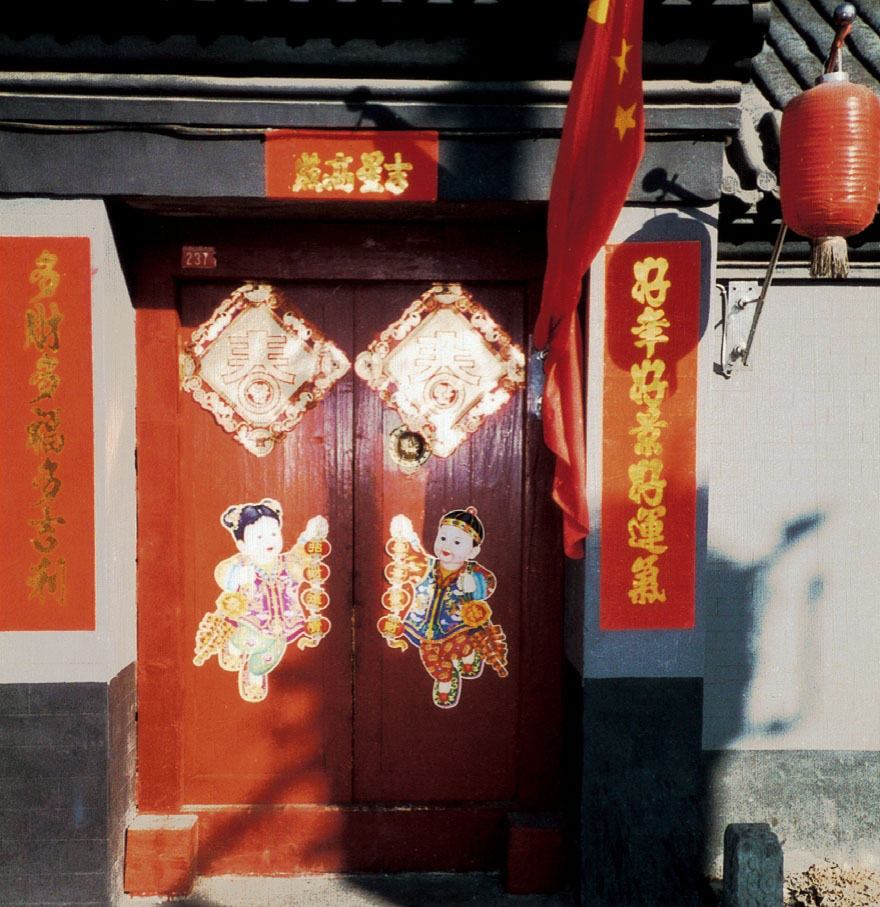
A pair of Spring Festival couplets and New Year pictures on the main gate of a house.
In Shaoxing, Zhejiang Province, your guide will take you to visit the Orchid Pavilion, a Mecca for calligraphers in China. On a spring day in 353, Wang Xizhi, who later became one of China's most distinguished calligraphers, and 41 other men of letters gathered at the Orchid Pavilion to compose poems while drinking wine. Wang Xizhi (303361) wrote a 324-character Preface to the Collection of Orchid Pavilion Poems on the spot with his beautiful calligraphy, making the Orchid Pavilion famous. His calligraphy has been praised as the "first running hand under Heaven." Unfortunately, the original of the preface was buried together with Li Shimin (599649), the second emperor of the Tang Dynasty (618907), who was the fan of Wang Xizhi and also a fine calligrapher. The preface we see today is a copy done by Feng Chengsu of the Tang Dynasty.
The Forest of Steles in the ancient capital city of Xi'an is the oldest and best collection in China and also a treasure room of ancient Chinese calligraphy, art, classics and stone engraving. More than 2,000 inscribed tablets and memorial tablets from tombs and pavilions of the Han (206 BC220 AD) and Tang dynasties are displayed in the exhibition halls, galleries and pavilions. Initially built in 1087, the Forest of Steles has now been turned into the Xi'an Beilin Museum and is a cultural site under state protection.
Standards and criteria for assessing calligraphic skills and works are rigorous. The calligraphic skills demonstrate the calligrapher's cultural background, artistic level and sentiments. Through the ages, many of famous calligraphers are also painters, thinkers, politicians or scholars. When talking about a person's achievements in calligraphy, his achievements in other fields are always mentioned. Excellent calligraphic works can demonstrate outstanding ability and great learning of the calligrapher.
Calligraphy is the art that Chinese people first learn. While teaching children to read characters, parents and teachers not only show them the strokes; they also try to arouse their aesthetic consciousness and develop their artistic judgment and creation. This is helpful for their future.
People call calligraphy "a piece of painting without images, a piece of music without sounds, a stage without actors and actresses and a building without components and materials." Calligraphic works express essential elements of beautybalance, proportion, variety, continuity, contrast, movement, change and harmonythrough different shapes and forms of the lines, their combinations and ways of movement. Calligraphy also inspires other arts, and vice versa.

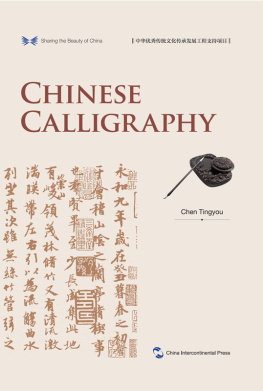
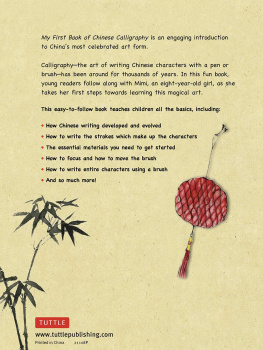
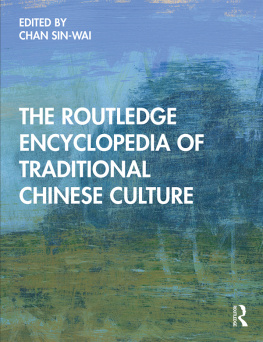
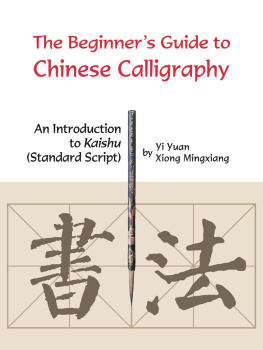

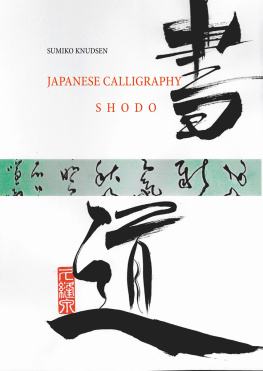
![Zhang Gongzhe [张公者] - Contemporary Chinese Calligraphy [当代中国书法]](/uploads/posts/book/126572/thumbs/zhang-gongzhe-contemporary-chinese.jpg)

